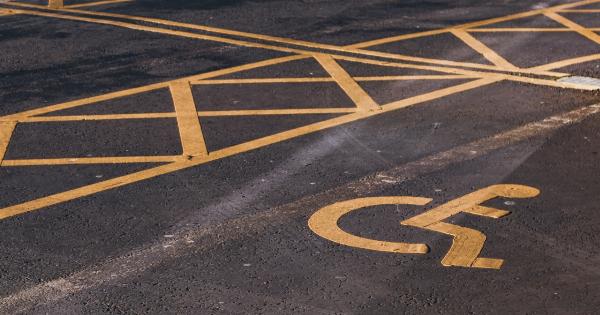A stroke is a medical emergency that occurs when the blood supply to the brain is disrupted. It is crucial to recognize the warning signs of a stroke as early intervention can minimize brain damage and improve the chances of recovery.
Educating oneself and others about the symptoms and taking immediate action can potentially save lives. This article will discuss the importance of recognizing stroke warning signs and provide helpful pictures to identify key symptoms.
Understanding Stroke
Before delving into the warning signs, it’s essential to have a basic understanding of what a stroke is. A stroke occurs when there is an interruption or reduction of blood flow to the brain.
The brain cells deprived of oxygen and nutrients begin to die within minutes. There are two main types of strokes: ischemic and hemorrhagic. Ischemic strokes are caused by a blockage or clot within a blood vessel supplying blood to the brain.
Hemorrhagic strokes, on the other hand, result from a ruptured blood vessel within the brain.
Common Stroke Warning Signs
Recognizing the warning signs of a stroke is crucial for prompt medical intervention. The common signs and symptoms may include:.
1. Sudden Numbness or Weakness
One of the most recognizable signs of a stroke is sudden numbness or weakness, usually on one side of the body. This may affect the face, arm, or leg. Pay attention if one side of the face droops or if a person has difficulty raising their arm.
2. Trouble Speaking or Understanding Speech
In some cases, stroke can cause difficulty in speaking or understanding speech. Slurred speech, garbled words, or difficulty forming sentences can be an indication of a stroke.
3. Severe Headache
A sudden, severe headache with no known cause can also be a sign of stroke. Individuals who experience an unusually intense headache should seek medical attention immediately.
4. Vision Problems
Stroke can cause sudden vision problems, including blurred or double vision. It may also lead to a loss of vision in one or both eyes.
5. Dizziness and Loss of Balance
Feeling dizzy or having trouble with balance and coordination may occur during a stroke. This symptom is often accompanied by severe vertigo or an unexplained sense of spinning.
6. Facial Drooping
If one side of the face appears droopy or uneven when attempting to smile, it may indicate a stroke. This facial drooping is caused by the weakening of the facial muscles on one side.
7. Confusion and Trouble Understanding
Stroke can lead to confusion, disorientation, and difficulty understanding others. People experiencing a stroke may feel as though their thinking abilities are impaired.
8. Trouble Walking
A sudden onset of difficulty walking, loss of coordination, or stumbling can indicate a stroke. This symptom is often accompanied by dizziness and a lack of balance.
9. Nausea or Vomiting
In some cases, stroke can cause nausea or vomiting, which may be sudden and severe. This symptom is often accompanied by other warning signs and should not be ignored.
10. Loss of Consciousness
In severe cases, a stroke may cause a person to lose consciousness. Fainting or passing out can be an alarming sign and should be treated as a medical emergency.
Importance of Early Detection
Recognizing the warning signs of a stroke and seeking immediate medical attention is vital. Early detection can lead to timely treatment, potentially reducing long-term disability and improving the chances of survival.
Time is of the essence when dealing with a stroke as every minute counts.
Remember the acronym FAST as a helpful mnemonic to recognize the warning signs of a stroke:.
F – Face Drooping
A – Arm Weakness.
S – Speech Difficulty.
T – Time to Call Emergency Services.
If you observe any of these signs in yourself or someone else, do not wait. Call emergency services right away to receive the necessary medical attention.
Conclusion
Recognizing the warning signs of a stroke is crucial in order to take immediate action and potentially save lives.
Being aware of the common stroke symptoms and understanding the importance of early detection can make all the difference in the outcome of a stroke. By familiarizing oneself with the provided pictures and remembering the acronym FAST, individuals can play an active role in stroke prevention and assist in ensuring timely treatment when needed.
![The Importance of Recognizing Stroke Warning Signs [with Pictures]](/assets/media/file/10/26/ec1752f20fddd8d6467d769d887430b3.jpeg)






























